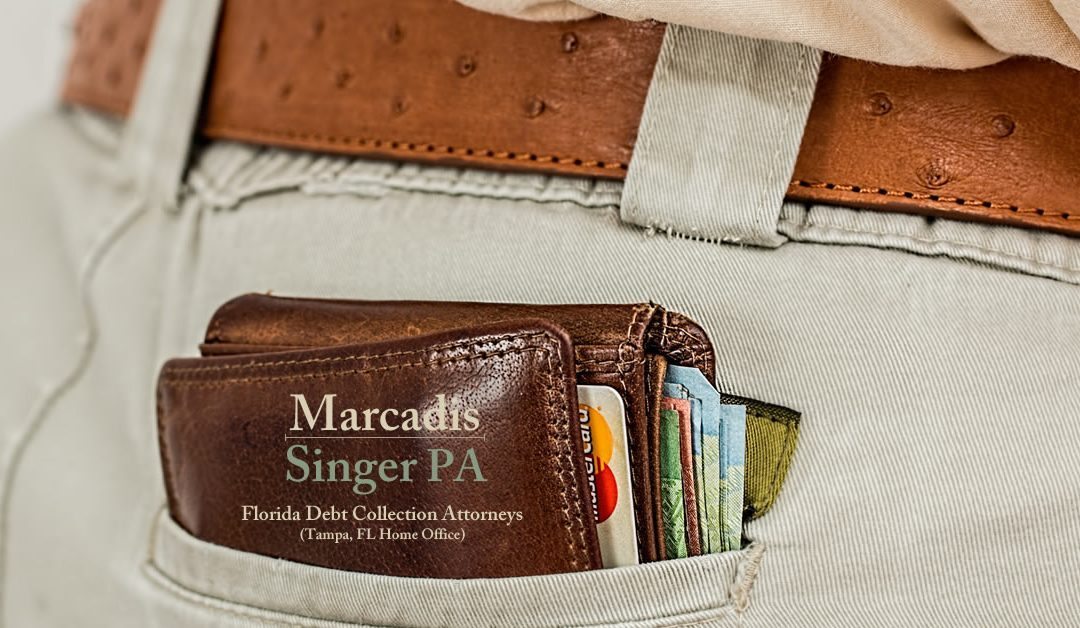Wallet Hub is one of our preferred go to sites for a pulse check on the state of American Consumer Debt. 2016 will end with more consumer debt than any year before it, with the final tally expected to exceed 1 Trillion Dollars for the first time ever.
Paradoxically, Credit charge offs remain at near record lows.
That means as the general population is pouring on debt, and meeting their obligations, credit grantors are more and more willing to offer more and more debt. As we saw during the great recession, that can be a recipe for disaster.
Wallet Hub presented this excellent article on managing your debt.
Tips For Managing Debt
1. Make a Budget (and Stick to It):
It’s difficult to spend within reason or plan savings without knowing how your monthly spending compares to your take-home as well as what it is allotted to. That is why you should rank order your expenses – including debt payments, emergency fund contributions, and other savings – and trim the fat if necessary. And most importantly, once you develop your budget, make sure to stick to it or else you’ll have simply wasted your time.
2. Build an Emergency Fund:
With a robust financial safety net, you’ll be less at the mercy of the economy and able to withstand a prolonged period of joblessness, should the need arise. Your goal should be to gradually save about a year’s worth of after-tax income through monthly contributions to an emergency account.
3. Improve Your Credit:
This might sound a bit counterintuitive, considering that increased access to credit provides more opportunity to incur debt, but improving your credit standing will have a dramatic impact on the cost of your debt and, thus, how quickly you can pay it off. Better credit can also make it easier to find a job or a place to live – both of which impact your bottom line. You can determine your starting point and get personalized advice by signing up WalletHub, which provides free credit scores, full credit reports and various other helpful tools.
4. Try the Island Approach:
The Island Approach is a credit card strategy that involves using different cards for different types of transactions, as if they are a chain of distinct yet interrelated islands. For example, you could transfer your existing debt to a 0% credit card in order to reduce your monthly payments as well as get out of debt sooner and subsidize your ongoing spending with a rewards card or two that offer high earning rates in your biggest expense categories. This will enable you to get the best possible collection of terms as well as gain a better perspective on your spending and payment habits since finance charges on your everyday spending cards will signal a need to cut back.
5. Use the Snowball Method to Strategically Pay Off Amounts Owed:
In order to become debt free at the least possible cost, you should attribute the majority of your monthly debt payment to the balance with the highest interest rate while making the
minimum payment required on the rest. Once your most expensive debt is paid off, repeat the process as necessary with the remaining balances.
6. Evaluate Your Job Situation:
In some cases, all the budgeting and planning in the world won’t be enough to solve your debt problems. You may therefore need to evaluate whether there are higher-paying opportunities out there for people with your background or if you’ll need to acquire some new skills in order to make yourself more marketable. This might require making a bit of an investment in yourself, but as long as you get a worthwhile return it’s money well spent.
